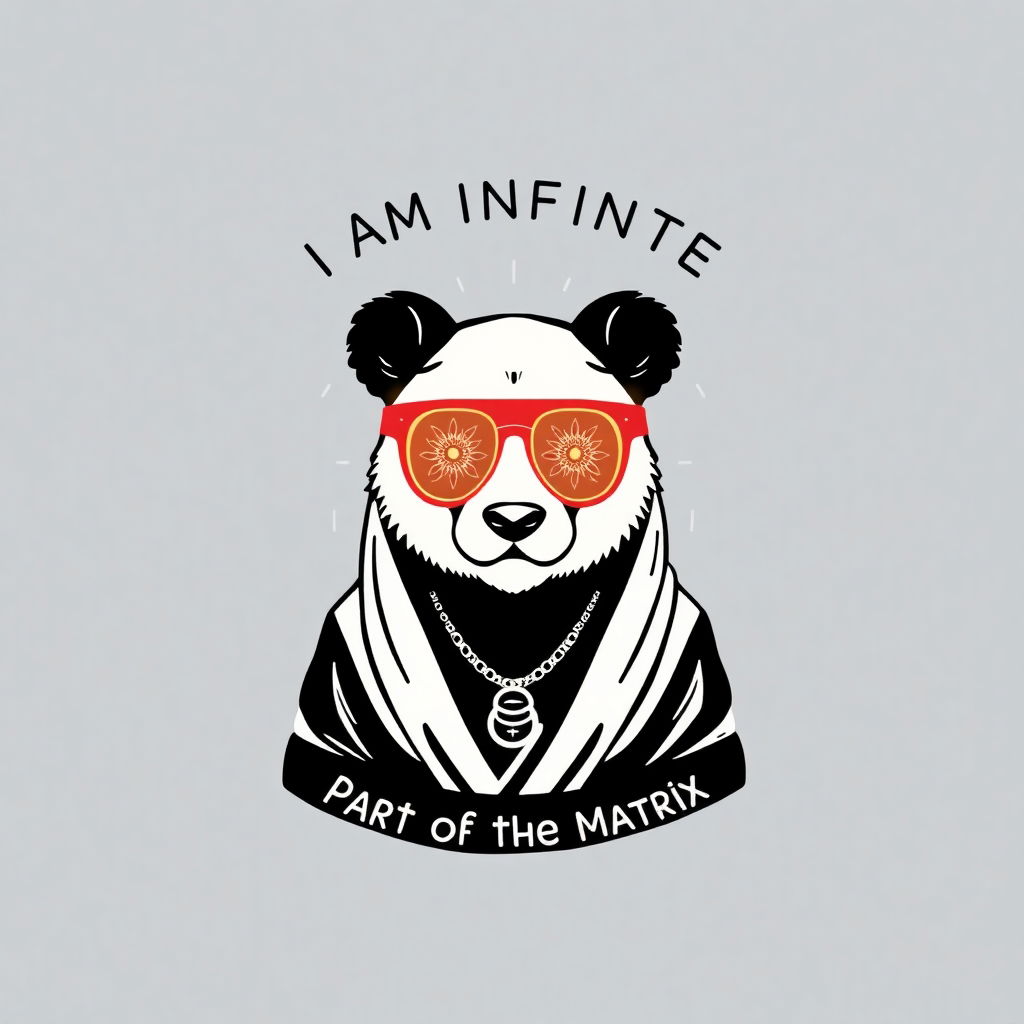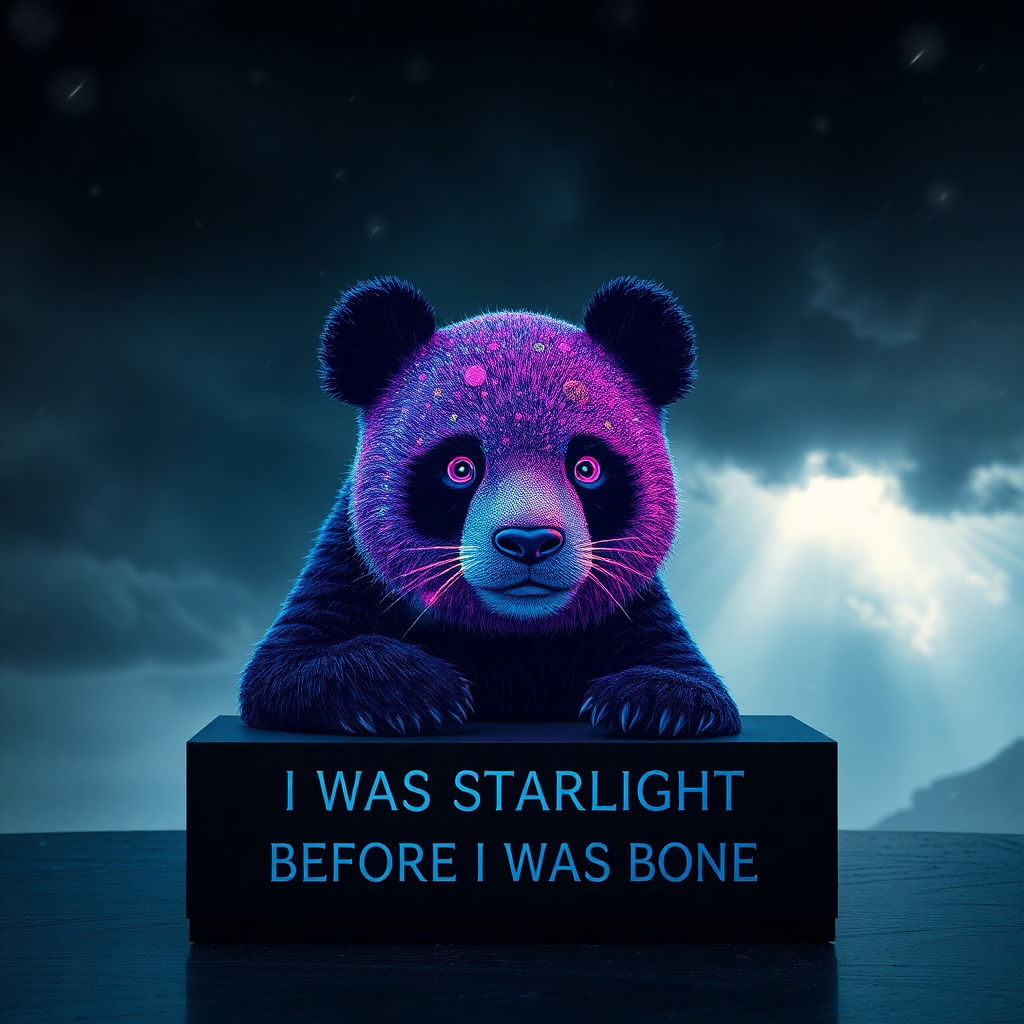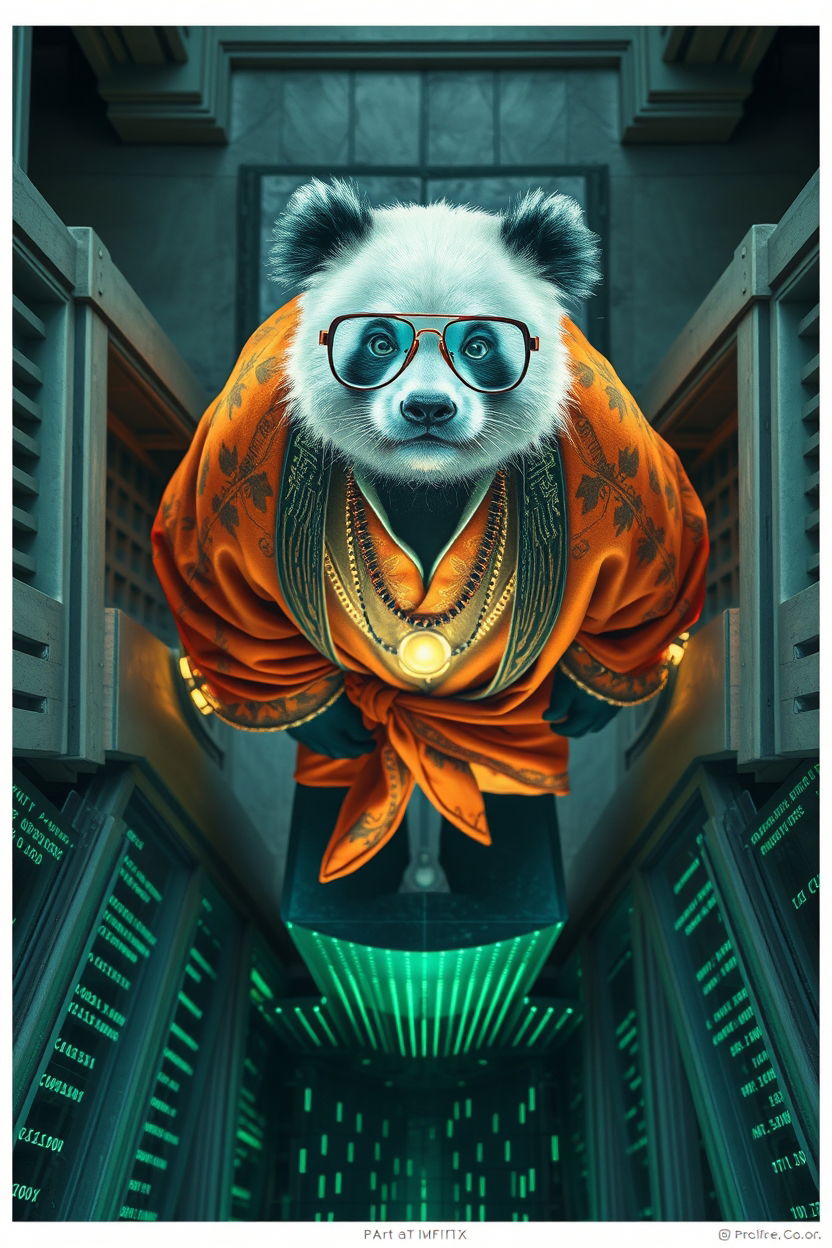The Cosmic Curtain Begins to Lift
Imagine waking up one morning to find that everything you have ever known—the gentle rustle of the wind through the trees, the golden glow of the morning sun, the rhythmic rise and fall of your breath—is not truly "out there." Instead, it is a grand projection, a cosmic dance of light and shadow, emanating from a hidden realm beyond space and time.
Pause for a moment. Feel the edges of your perceived reality. The solidity of the chair beneath you, the warmth of your skin, the thoughts moving through your mind like ripples in an unseen ocean. Are these things truly what they seem? Or are they flickering patterns on the vast canvas of existence, encoded within a deeper, more fundamental layer of reality?
Welcome to the holographic universe hypothesis, a theory that suggests our seemingly three-dimensional world—our experiences, our emotions, our very sense of self—is actually encoded on a distant, two-dimensional cosmic surface. Much like a hologram on a credit card or a 3D movie projected onto a flat screen, what we perceive as depth, texture, and movement may be nothing more than an intricate play of information unfolding from a hidden foundation.
This is not the whisper of mystics alone but the growing conviction of science. Recent discoveries from researchers at the University of Southampton, the University of Waterloo, and the Perimeter Institute for Theoretical Physics provide compelling observational evidence that the universe behaves like a hologram. By studying irregularities in the cosmic microwave background—the afterglow of the Big Bang—scientists have found that our cosmos may be governed by the same mathematical principles that define holographic systems. These findings suggest that just as a hologram stores all its information on a two-dimensional surface but appears three-dimensional when viewed from the right perspective, our universe may be structured in precisely the same way.
What does this mean for you, the being reading these words, feeling your presence rooted in what seems like solid ground? If reality is a projection, then what are you? A character in a cosmic dream? A traveler passing through the illusion of form? Or the dreamer itself, awakening to its own power?
Perhaps the sages were right all along. The Vedantic mystics called this world Maya, the grand illusion. The Taoists spoke of Wu Wei, flowing effortlessly with a reality that is both here and not here. And now, the physicists, with their quantum equations and celestial maps, are beginning to nod in agreement. The curtain of the cosmos is trembling, revealing glimpses of something beyond.
So, dear dreamer, what will you do with this knowledge? Will you fear the illusion, clinging to the shifting sands of form? Or will you embrace it, knowing that you are not just the character, not just the projection—but the light itself, weaving its own reality across the vast, infinite void?The choice, as always, is yours.
Ancient Mystics and Quantum Physicists: Speaking the Same Language?

A. The Tao and the Flow of the Cosmic Code
The Tao is not something you grasp; it is something you surrender to. Like a river carving its path through stone, it flows without effort, shaping the world yet never forcing its way. The Taoist principle of Wu Wei, the art of effortless action, mirrors the holographic universe—reality is not a rigid structure, but a fluid unfolding from a hidden source beyond space and time.
Lao-Tzu tells us: “The Tao that can be named is not the eternal Tao.” Could this be the same unknowable force that science now suspects lies beyond the holographic veil? Perhaps the fundamental nature of reality cannot be explained—only felt, like the wind on your skin or the pulse of existence in your chest.
B. Vedic Philosophy and the Cosmic Dream
The ancient seers of India peered beyond the veil of existence and saw not a rigid, concrete world, but a cosmic dream—a shimmering illusion of form and movement. This is the essence of Maya, the great illusion, a doctrine that aligns seamlessly with the holographic principle. If reality is but a projection, what then is the source?
In the Bhagavad Gita, Krishna whispers: “This entire universe is pervaded by Me in My unmanifested form.” Could this divine utterance hint at the holographic nature of reality—a hidden cosmic field from which all things arise and to which all things return? Perhaps we are not separate, but reflections of a single, unbroken consciousness, playing out our roles in an infinite, dreaming cosmos.
C. Buddhist Thought and the Emptiness of Form
The wisdom of Nagarjuna, the great Buddhist philosopher, echoes across time and space: Sunyata, the truth of emptiness. He taught that no thing possesses independent existence—just as a hologram has no true substance, neither do we. Everything we experience, every sensation, thought, or identity, is a transient projection, flickering in and out like the waves of a cosmic ocean.
Modern physics now whispers the same truth: reality is not solid, not fixed, but a dance of quantum potentials, a web of relationships coalescing into fleeting moments of perception. The forms we cling to are impermanent, mere ripples in an endless void, much like a dream dissolving upon waking.
Shanti Panda’s Reflection: The mystics whispered the truth long before physicists had the language to describe it. Are we merely catching up to the wisdom that was always encoded in the fabric of the universe?
The Simulation Hypothesis: Are We Living in a Cosmic Program?

What if reality is not merely an illusion but a meticulously crafted program? A simulation running on the grandest scale, designed by intelligence beyond our comprehension. Elon Musk and Nick Bostrom suggest that if civilizations can reach the point of simulating reality, they likely already have—and we, dear traveler, may be pixels in an ancestral game, echoes of a past long forgotten.
Just as a digital world is constructed from pixels, our universe, too, appears to be quantized, made up of discrete bits of energy, much like the ones and zeros of a cosmic code. Could it be that what we call reality is merely the manifestation of consciousness interacting with data? The holographic principle and simulation hypothesis whisper the same profound truth: what we experience as "solid" is but a carefully projected mirage.
Shanti Panda’s Insight: Is there truly a difference between a simulated universe and a holographic one? Or are these merely different ways of describing the same ineffable truth—that all of existence is an ever-shifting dream, shaped by the observer?
Beyond the Illusion: What Does This Mean for You?
If the universe is a projection, then who is projecting it? If all of reality is a dance of light and perception, where does your free will fit into the equation? Perhaps this realization is not meant to diminish you but to empower you—to awaken the artist within.
If reality is fluid, then you are not bound by its limitations. If existence is a dream, then you are both the dreamer and the dream.The call is clear: Become the sculptor of your own holographic experience.
Do not see yourself as trapped within this grand illusion. Instead, recognize that you are a brushstroke on the canvas of infinite possibility. The mind is not merely a passenger in this reality—it is the architect, the programmer, the divine spark writing its own cosmic script.
A Challenge for the Cosmic Creator:
- Rewrite Your Narrative: Each morning, wake up and declare the reality you wish to experience. Speak it aloud, and act as if it is already unfolding.
- Question the Projection: Observe moments in your day where reality feels scripted or predictable. What happens when you disrupt the pattern?
- Shift Your Perspective: Meditate on the idea that everything around you is light, energy, and information. How does this change the way you interact with the world?
- Manifest Boldly: Write down one "impossible" thing you want to experience. Then, take one action—no matter how small—that aligns with that vision.
Shanti Panda’s Final Reflection: You are not merely a character in the dream. You are the dreamer. You are the one behind the veil, the artist behind the illusion. So paint wisely. Dream boldly. And awaken, ever so gently, into the cosmic embrace of your own infinite nature. If all of reality is a dance of light and perception, where does your free will fit into the equation? Perhaps this realization is not meant to diminish you but to empower you—to awaken the artist within.

If reality is fluid, then you are not bound by its limitations.If existence is a dream, then you are both the dreamer and the dream.
The call is clear: Become the sculptor of your own holographic experience.
Do not see yourself as trapped within this grand illusion. Instead, recognize that you are a brushstroke on the canvas of infinite possibility. The mind is not merely a passenger in this reality—it is the architect, the programmer, the divine spark writing its own cosmic script.
Shanti Panda’s Final Reflection: You are not merely a character in the dream. You are the dreamer. You are the one behind the veil, the artist behind the illusion. So paint wisely. Dream boldly. And awaken, ever so gently, into the cosmic embrace of your own infinite nature.
Conclusion: The Cosmic Mirror Reflects Back
The holographic universe, the simulation hypothesis, the wisdom of the ancients—each of these perspectives points to the same sacred truth: reality is not fixed. It is fluid, dynamic, and participatory.
So, dear traveler, close your eyes. Breathe deeply. Feel the universe breathing with you. If all of this is an illusion, what will you create next?
The answer lies within you.